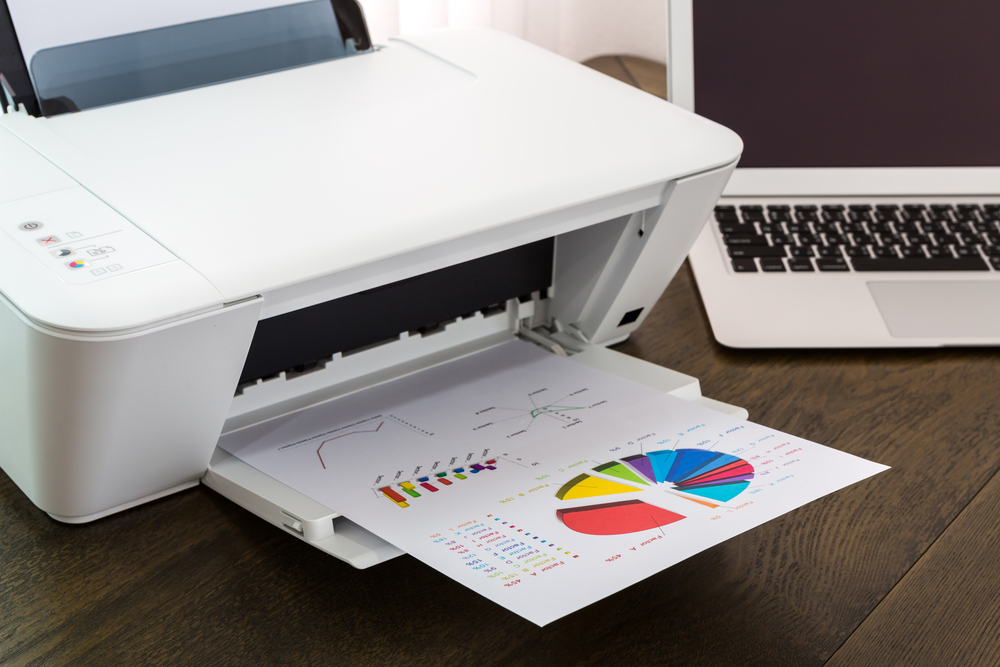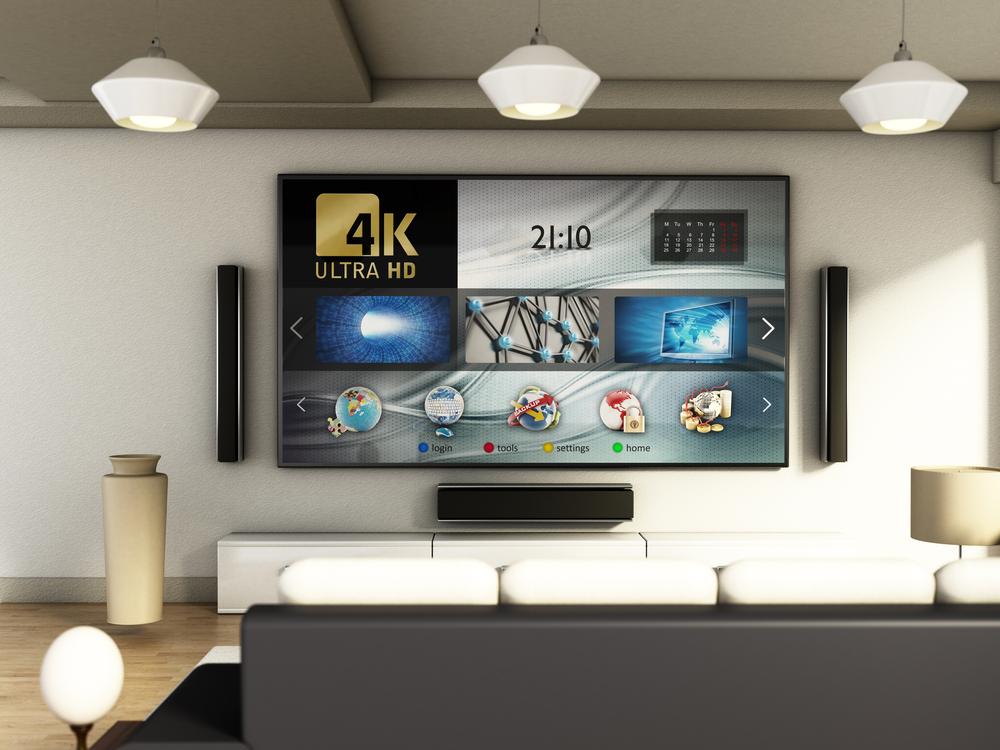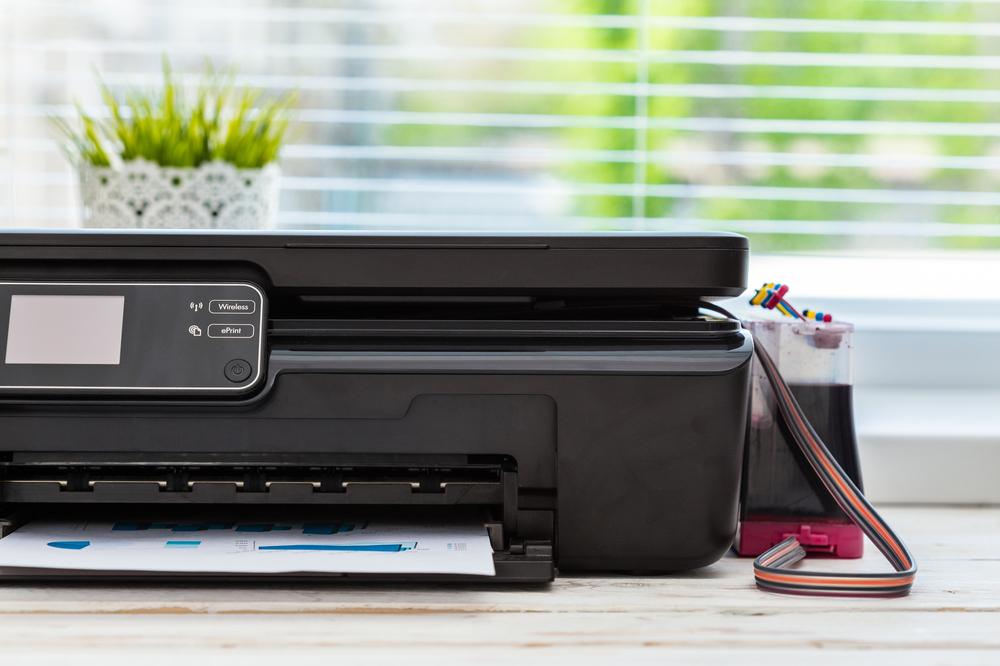Comprehensive Guide to Selecting the Perfect Printer and Scanner for Your Needs
Choosing the right printer and scanner is essential for both home and office environments. This comprehensive guide covers key factors such as print quality, speed, compatibility, ongoing costs, and advanced features. Whether you need a device for occasional printing or heavy-duty professional scanning, understanding these crucial aspects will help you make an informed decision. The article offers practical tips and insights into selecting the best printer and scanner to improve your productivity and ensure reliable performance for years to come.

Essential Factors to Consider When Choosing a Printer and Scanner for Home and Office Use
Selecting the ideal printer and scanner setup can be a complex process, especially with the multitude of options present in the market today. Whether you're outfitting a home office, a small business, or need reliable devices for personal use, understanding the key features, compatibility considerations, and operational costs is vital. This comprehensive guide aims to provide detailed insights into the most crucial factors to evaluate before purchasing a printer and scanner, helping you make informed decisions that match your specific needs and budget.
In-Depth Guide to Choosing the Right Printer
One of the primary considerations is determining the primary use of the printer. Are you printing large volumes regularly for business purposes, or do you need occasional prints at home? This distinction influences the type of printer you should choose, primarily focusing on print speed, print quality, and ongoing operational costs.
Assess Your Printing Needs: If your workload involves frequent and high-volume printing, a laser printer, particularly a color laser, can deliver fast, high-quality results with lower cost per page. For occasional printing, especially when producing high-quality images or photos, an inkjet printer might be more suitable due to its ability to reproduce vibrant colors and detailed images.
Compatibility and Connectivity: Ensure the printer supports your computer’s operating system, whether it’s Windows, macOS, or Linux. Many modern printers offer wireless connectivity options like Wi-Fi and Bluetooth, which provide convenience and flexibility. Check for compatibility with mobile devices and cloud printing services such as Google Cloud Print or Apple AirPrint to enhance versatility.
Print Quality and Speed: The resolution of a printer, measured in dots per inch (dpi), indicates its ability to produce sharp images and texts. For photo printing, a higher resolution (above 1440 dpi) ensures crisp output. Print speed, measured in pages per minute (PPM), is crucial for heavy workloads; a fast printer saves time and boosts productivity.
Running Costs and Supplies: Consider the ongoing expenses related to toner, ink cartridges, and paper. Some printers have high-yield cartridges, which reduce the frequency of replacements and lower costs over time. Additionally, look for models that use affordable and readily available consumables.
Size, Paper Handling, and Features: Select a model that fits your available space, with features such as duplex printing (automatic double-sided printing) and multiple paper trays for handling various media sizes. Modern printers also incorporate features like LCD touchscreens, fax capabilities, and Ethernet ports for added convenience.
Warranty and Support: A standard warranty of at least 90 days is recommended to safeguard your investment. Check for reliable customer support and availability of replacement parts.
Comprehensive Tips for Choosing the Right Scanner
Similar to printers, selecting the appropriate scanner depends heavily on the intended use—whether for casual home use or professional and high-volume scanning environments.
Scanning Resolution and Image Quality: The scanner’s resolution, expressed in dpi, influences the clarity and detail of digital images. Basic document scanners typically operate effectively up to 1200 dpi, which suffices for text documents and general scans. For high-quality photo reproduction or detailed graphics, opt for higher resolutions (2400 dpi or above).
Type of Scanner and Features: There are various types—flatbed scanners, sheet-fed scanners, portable scanners, and drum scanners. Flatbed scanners are ideal for detailed image work and delicate items, while sheet-fed models excel at scanning multiple pages quickly. Consider whether features like automatic document feeders (ADF), duplex scanning, or OCR (optical character recognition) are necessary for your workflow.
Color Depth and Dynamic Range: Color depth, measured in bits (e.g., 24-bit, 36-bit), determines the scanner’s ability to reproduce colors accurately. Higher color depth yields truer, more vibrant images, especially important for photographs and artwork. Dynamic range indicates the scanner's capacity to capture subtle tonal differences, crucial for high-quality reproductions.
Connectivity and Compatibility: Modern scanners often support USB, Ethernet, or wireless connectivity, making them compatible with a variety of devices. Ensure the scanner works seamlessly with your operating system and supports integrations with scanning software or cloud storage services.
Budget and Versatility: For casual users, budget-friendly models with essential features are sufficient. Professional users should consider high-end scanners that offer better resolution, higher bit depth, and advanced features, despite higher costs. Combining scanner and printer functions in a single device can offer added convenience and cost savings.
Additional Features and Support: Look for scanners with user-friendly interfaces, software bundles that facilitate editing and organizing scanned files, and warranty coverage. Good customer support and readily available repair services can extend the device’s lifespan and ensure consistent performance.
Final thoughts: Investing in the right printer and scanner requires careful evaluation of your specific needs, budget, and expected usage. Prioritize features like print quality, operational costs, connectivity options, and device compatibility to find solutions that enhance your productivity, whether for home, office, or professional use. Modern printers and scanners continue to evolve, offering more features and better performance, making it easier than ever to find devices that match your requirements and budget.





